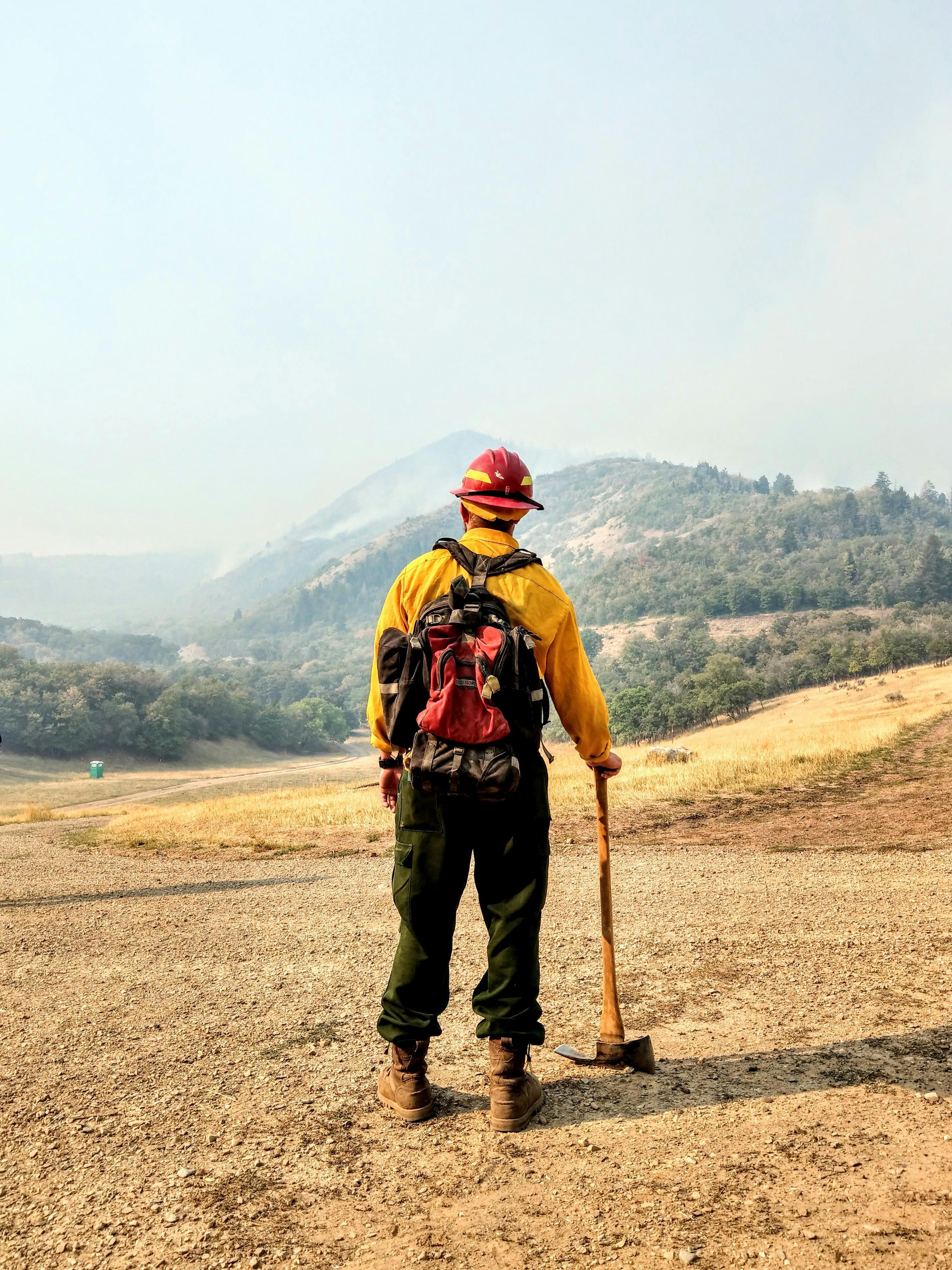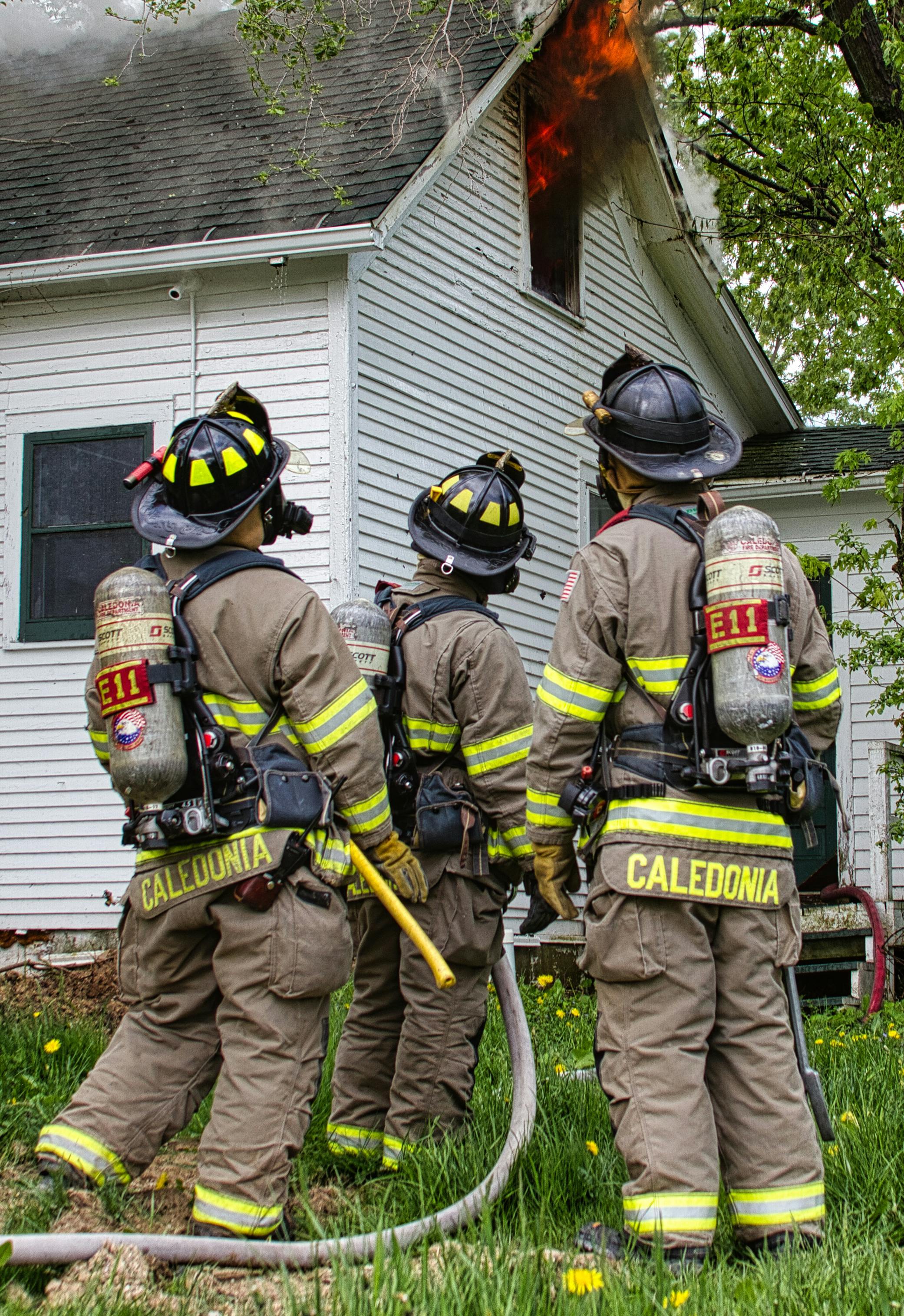“We built Firepenny to make it easier and more affordable for firefighters to get the right gear — without the red tape or retail markup.”
— Brian Moke, Founder, Firepenny.com
At Firepenny.com, our mission is simple:
Equip the Bravest with the Best.
For over 20 years, Firepenny has been the trusted fire department gear supplier for firefighters, wildland crews, and emergency responders across the U.S.—providing NFPA-compliant PPE, wildland firefighting equipment, and rescue tools at some of the lowest prices in the business.
Rooted in the Midwest and serving customers nationwide, we’re proud to support a wide range of professionals—from Chicago-based fire departments to Western Hotshot and forestry crews battling extreme terrain. Firepenny combines big-volume pricing with small-business service, ensuring firefighters everywhere get dependable, affordable, and field-tested equipment.

Wildland Firefighters
Firepenny equips the front lines of wildfire season with NFPA 1977 wildland PPE, backpack pumps, drip torches, Pulaski tools, and fire shelters built for rugged terrain and long deployments.
Our customers include Hotshot crews, state forestry divisions, and wildland contractors who depend on durable gear that won’t quit.
→ Explore Wildland Firefighter Gear
Fire Departments
Balancing readiness and budgets is tough — we make it easier.
Firepenny provides volume pricing, bulk PPE quotes, and grant-ready documentation for municipal, volunteer, and contract departments.
We help you simplify procurement, standardize gear, and access NFPA 1851-compliant PPE from the most trusted brands.
Not every hero wears turnout gear, but every home deserves protection.
Firepenny’s Home Firefighting Protection Gear brings the same dependable quality trusted by fire departments into the hands of homeowners, ranchers, and rural residents who want to be prepared before the flames arrive.
From portable fire pumps and wildfire hose kits to personal protective equipment and defensible space sprayers, each product is chosen to help you take proactive steps when professional help may be miles away.
Whether you live near wildland zones or simply want peace of mind during fire season, Firepenny gives you direct access to NFPA-inspired, field-tested tools built for action.
Ready for Every Emergency Situation
Firefighters respond to more than structure fires — and Firepenny delivers equipment for every mission type. Whatever your department faces — structure, wildland, rescue, or hazmat —
Firepenny equips you to meet it head-on.
Government & Agency Procurement
Firepenny proudly supplies federal, state, and municipal agencies with certified, traceable firefighter PPE and emergency responder gear that meets the highest operational and compliance standards.
We’ve Supported Procurement For:
- U.S. Air Force
- Department of Defense (DoD)
- Department of Energy (DOE)
- Department of Homeland Security (DHS)
- Department of the Interior (DOI)
- Bureau of Land Management (BLM)
- U.S. Forest Service (USFS)
- National Park Service (NPS)
- Federal Emergency Management Agency (FEMA)
- Department of Justice (DOJ)
- Department of State (DOS)
- State & Municipal Fire Agencies Nationwide
Contract‑Ready Documentation
Firepenny supports GSA‑aligned purchasing, grant‑funded acquisitions, and government contract compliance. Our team ensures your order includes all required documentation.

Always Human. Always Here to Help.
No bots. No scripts. Just real people who know the fire service.
Whether you’re comparing Lion vs. Bullard helmets, need fit guidance for women’s PPE, or want quote assistance, our Chicago-based support team is here for you.
Call us: 877.291.1971 (Toll Free)
Live Chat
Email: sales@firepenny.com
Same-Day Fulfillment on Most In-Stock Items
Midwest-Rooted. Shipping Nationwide.
Equip the Bravest. Save the Most.









